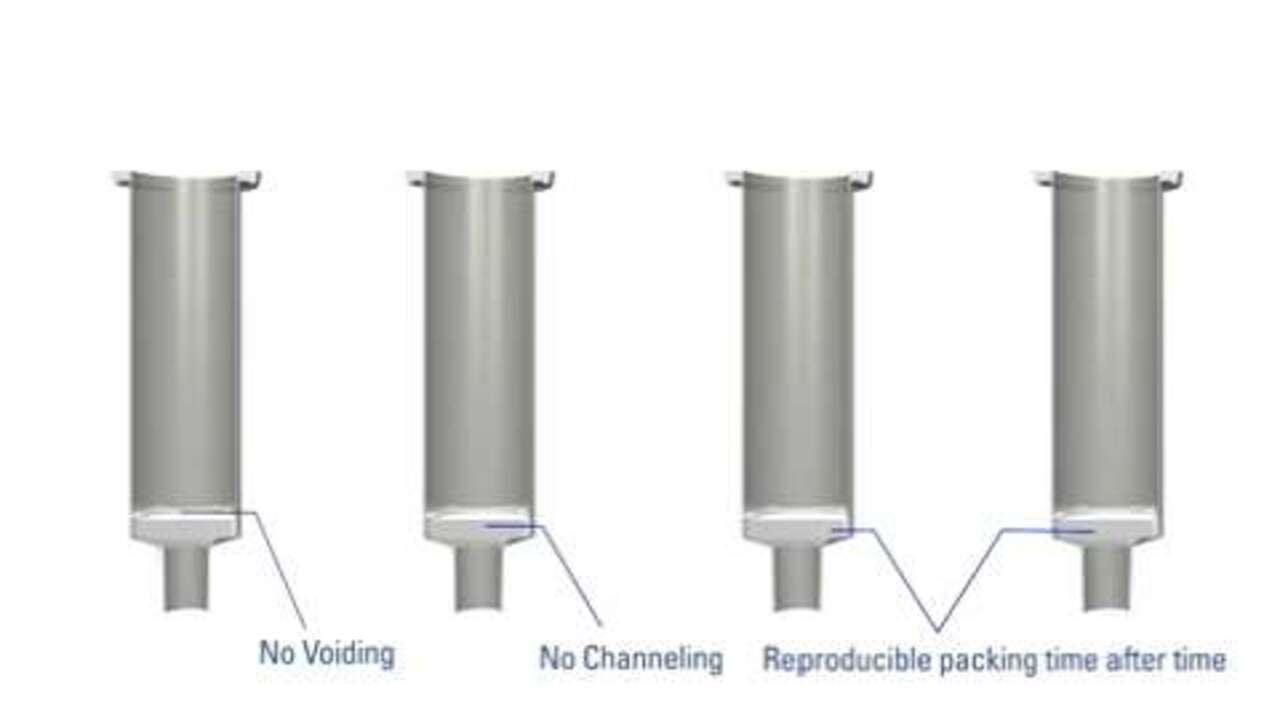Search Thermo Fisher Scientific
Suitable Samples for Drug Testing

Sample matrices for determining drug use and probable cause
Confident drug testing results identify which drugs of abuse (DoA) and the quantities involved in a case, as well as determine drug levels in the body at the time of death or impairment to drive. Commonly tested biological sample matrices include blood, tissue, urine, hair, and innovative sample types such as oral fluid and exhaled breath. However, low amounts of DoA or their metabolites provide challenges for reliable conclusions.
Learn how advancements such as TurboFlow technology automate online sample preparation of complex specimens such as blood and urine for decreased contamination and increased workflow efficiency. In addition, these learning center resources show how high-resolution accurate mass (HRAM) Orbitrap MS have enabled forensic scientists to reliably analyze oral fluid for identifying drugs of abuse.
Thermo Scientific has a wide variety of analytical workflows for identifying DoA, and their metabolites for determining which drugs are involved. Our selection of GC derivatization reagents, and broad range of manual and semi-automated SPE consumable solutions, offer reliable sample processing for forensic drug testing.
Forensic toxicology testing for drugs of abuse (DoA) in various sample matrices
Featured suitable samples resources
Video
See how Thermo Scientific SOLA solid phase extraction (SPE) eliminates common issues associated with conventional loose-packed SPE products.
Webinar series
Drug Testing Webinars
Learn how industry experts use mass spectrometry, including LC-MS, GC-MS, IRMS, DART, and more to research and advance forensic analysis and antidoping sport testing.
eBook
Forensic Chemistry eBook
Download an overview of the current state of forensic chemistry and the latest mass spectrometry technology for more quickly identifying rapidly evolving NPS.
Suitable samples for drug testing subtopics
Drug testing of blood and tissue samples has been established in forensic toxicology since the 1800s. Blood specimens can be tested for the parent drug molecule to indicate recent ingestion, while tissues are tested at autopsy for cause of death cases. The window of detection for blood can indicate usage as recent as a few minutes to hours. For impaired driving cases, testing blood alcohol concentration levels is well established in the judicial system.
Hair was one of the first alternative sample matrices for DoA testing, after blood and urine. The window of detection can indicate drug use as far back as several months. Hair testing primarily involves identifying metabolites of DoA to distinguish deliberate drug use from passive exposure.
Oral fluid and exhaled breath have been progressing in the past few years as reliable sample matrices for drugs of abuse testing. These alternative matrices address the complications of blood and urine testing with easier access to specimen, rapid and convenient collection on site, and without the need for medical professionals.
Perhaps the most common biological fluid for testing DoA is urine. Parent drug and metabolites are tested to indicate ingestion as far back as several weeks, or months, depending on the specific drug.
Dr. Giampietro Frison of the Laboratory of Environmental Hygiene and Forensic Toxicology (LIATF) discusses how he addresses the growing load of forensic toxicology cases using Thermo Scientific Orbitrap high-resolution accurate mass LC-MS.
Forensic Resource Library
Further your knowledge of forensic testing applications and technologies with our comprehensive collection of applications and technical notes, peer-reviewed journal publications, webinars, posters, and more.








